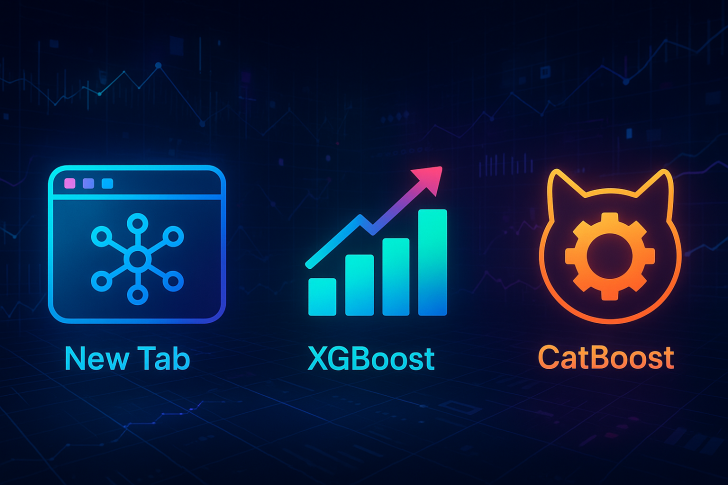⬤ Here's the thing—machine learning just got a serious upgrade for anyone working with tabular data. Researchers dropped TabM, an ensemble technique that's schooling the big names in gradient boosting like XGBoost, CatBoost, and LightGBM. What makes it interesting? It delivers the accuracy you'd expect from heavy-duty ensembles while running as fast as a simple multilayer perceptron. Tech giants like AAPL are watching closely as AI-powered analytics continue reshaping their product lines.
⬤ Let's be real: tabular learning has always been about picking your poison. MLPs are lightning quick but miss the mark on accuracy. Deep ensembles nail predictions but eat through compute like there's no tomorrow. Transformers? Powerful, sure, but way too expensive for most real-world tabular work. TabM flips the script by ditching the old playbook of training 32 separate MLPs. Instead, it runs one shared backbone with a tiny adapter bolted on. You still get the ensemble benefits—lower variance, better stability—without burning through resources training dozens of independent models.
⬤ The numbers back it up. TabM went head-to-head with over 15 competing methods across 46 datasets and landed an average ranking of 1.7, smoking every major gradient-boosting baseline. More complex setups like FT Transformer and SAINT? They ranked way lower despite needing massively more training power. What TabM proves is simple: you can have your cake and eat it too. The adapter design keeps accuracy sky-high while delivering the speed and simplicity organizations actually need when they're running inference at scale.

⬤ This matters more than it might seem at first glance. Tabular ML has been gradient boosting's playground for years, but TabM shows that territory isn't locked down. With AI systems driving decisions in supply chains, finance, logistics, and enterprise ops, even modest gains in efficiency and prediction quality can shift who wins and who loses. TabM's results hammer home a bigger point: small architectural tweaks can blow open new performance ceilings. It's another data point showing lightweight, scalable ML models are where the momentum is across the AI sector right now.
 Eseandre Mordi
Eseandre Mordi

 Eseandre Mordi
Eseandre Mordi


